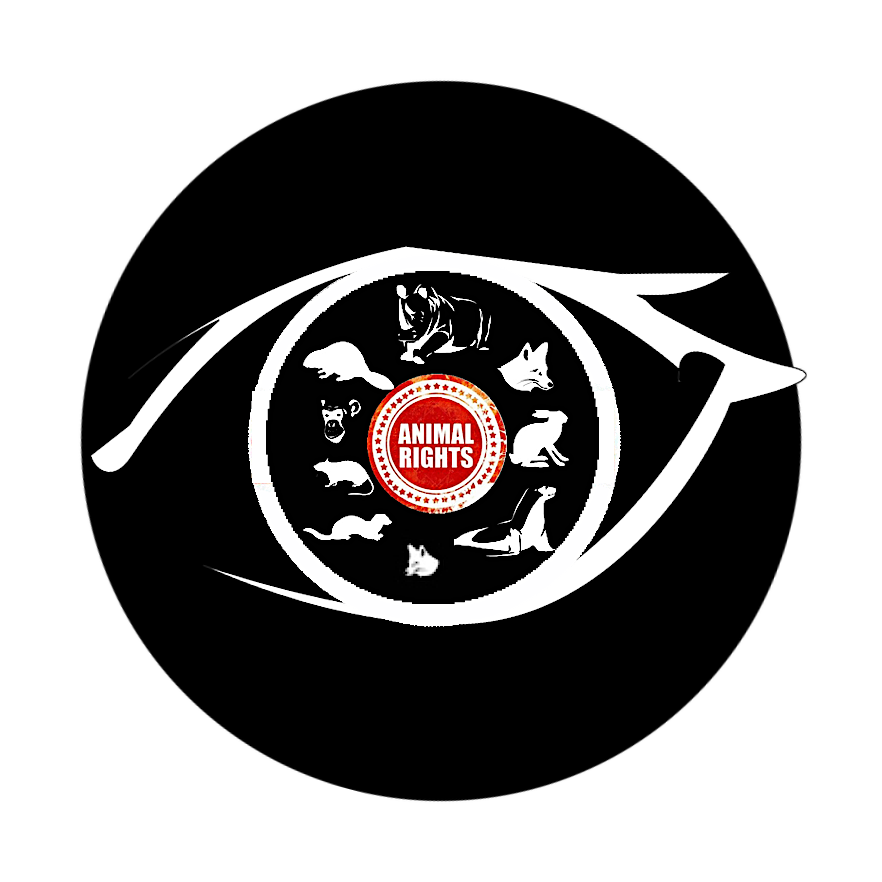‘The Lives of Animals’: Visual art exhibition asks: What is an animal? Can humans make friends with animals?
The exhibition 'The Lives of Animals' looks at the subject of animals from the perspective of the visual arts, asking the fundamental question about what an animal is and whether humans can be friends with animals. Participating artists critically examine the attitudes of ‘human exceptionalism’, stemming from the belief that animals do not understand the concept of death or have a sense of future. The exhibition begins with the works of artist Lin May Saeed, who has fully dedicated her artistic creativity to the subjects of animal liberation, domestication, and cohabitation. Her work examines the complex relationships between humans and animals.
THE LIVES OF ANIMALS: What is an animal? And can we humans make friends with animals? These questions are the focus of the group exhibition The Lives of Animals…We all know many stories about animals; they are part of our collective imagination. Since our childhood, we have spent time observing animals in various situations. Many of us have also formed personal opinions about them. Animals are probably among the most popular and, at the same time, the most complex subjects to have accompanied us since our species emerged. Humans are evolving along with animals, which is why our attitude towards them has changed over the course of history…
The exhibition The Lives of Animals (see Virtual Tour) looks at the subject of animals from the perspective of the visual arts, asking the fundamental question about what an animal is and whether humans can be friends with animals. Participating artists critically examine the attitudes of ‘human exceptionalism’, stemming from the belief that animals do not understand the concept of death or have a sense of future.
The title of the exhibition refers to the ficto-critical novel by J.M. Coetzee, The Lives of Animals. The text is an unusual and polemic form of philosophical dialogue, in which two lectures given by the main fictional character, the literary scholar Elisabeth Costello, are interwoven with the narrative plot. J.M. Coetzee presents various viewpoints on the matter of animals. Often, these are perspectives that are extremely polarised, which gives the novel an exceptionally contemporary character, reflecting the dynamics of the public debate on the subject of animals. The protagonist of the novel discusses the foundations of human morality, referring to the ethics of compassion and ‘poetic invention’ (the ability to imagine oneself as someone else). Empathy and kindness, spoken of by Costello, become the starting point for the present exhibition, which proposes an interdisciplinary approach. It blends literature, philosophy, ethics and the visual arts to explore and challenge conventional perceptions about animals, whilst encouraging visitors to rethink their relationship with them.
At the exhibition, a unique space has been created where visitors can experience the languages of various animals. Laughing rats, inaudible frequencies in the Amazon rainforests and the chirping of birds from different parts of the world are among the many sounds visitors may encounter in the Sonic Room. Besides field recordings, it features audio material created by artists and researchers in fields such as zoomusicology and eco-acoustics (the acoustics of the soundscape). The space, filled with sound, gives the exhibition a more performative character, which is aligned with the essential methodology of curatorial work that focuses on transdisciplinary works and artists who have complex and prolonged relationships with their subject.
The exhibition begins with the works of artist Lin May Saeed (1973–2023), who dedicated her entire artistic creativity to the subjects of animal liberation, domestication and cohabitation. Her work, which examines complex, transcultural relationships between humans and animals, has become one of the most important starting points for the creation of this project.
The exhibition adheres to an ethical code. Therefore, it does not include taxidermy, living animals, or acts of violence against them. Animals are the main protagonists of the exhibition, focusing on their biographies and uniqueness whilst simultaneously questioning how gestures of empathy, kindness, and love towards them might be constituted. SOURCE…
RELATED VIDEO:

